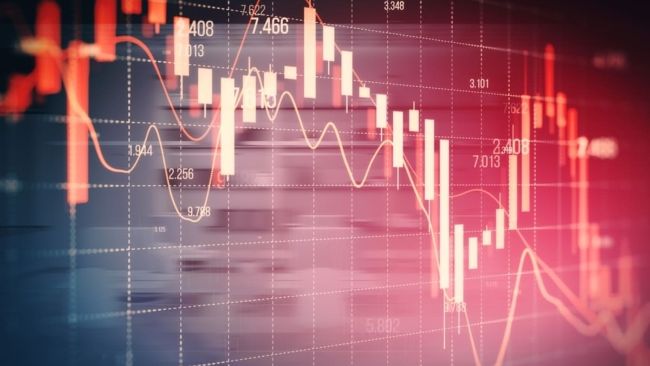The decentralized finance (DeFi) sector has shed $55 billion in total value locked (TVL) since the beginning of October, falling to $123 billion from $178 billion, a statistic that at first glance may alarm yield seekers and traders. But the sharp drop is far less ominous than it appears.
DeFi’s headline figure represents a 30.9% decline, a pullback that might suggest waning participation or a cooling market. Yet the size of the drop is actually smaller than the broader market’s slump over the same period.
Ether ETH$3,022.66, the primary asset in DeFi, has fallen 38%, while major governance tokens such as AAVE and LDO are down 40% and 50%, respectively.
That discrepancy is important as it indicates that DeFi’s shrinking TVL is driven largely by asset price depreciation, not by a meaningful exodus of capital. When token values fall, the dollar-denominated value of locked assets declines even if users haven’t withdrawn funds, a nuance often missed in TVL analysis.
A wider look at DeFi’s multi-year chart reinforces the point. Since late 2023, the sector has maintained a clear uptrend, registering a sequence of higher highs and higher lows. Peaks at $107 billion, $142 billion, and $178 billion have been followed by troughs at $80 billion, $89 billion, and now $123 billion, still well above previous cycle lows. The structure supports the idea of a cooling, not collapsing, market.
Meanwhile, activity within the ecosystem continues to tell a more resilient story. Data from DefiLlama shows that although digital asset treasury (DAT) inflows have slowed from October’s highs, decentralized exchange (DEX) volumes have surged throughout 2025. Between Nov. 1 and Nov. 26, DEXs processed $360 billion in trades, already surpassing June’s full-month total of $332 billion.
Major lending protocols also remain robust. Aave’s TVL stands at $32 billion, nearly double where it was a year ago, despite the recent pullback across markets.
The $55 billion figure paints an image of an industry in distress, but in reality DeFi’s growth this cycle has been very consistent and measured – a stark contrast to the 2021 cycle where TVL rose from $13 billion to $210 billion before crashing back to less than $60 billion months later.
The slow grind indicates a maturing sector that, in this case, is immune to market downturns unlike previous cycles.

